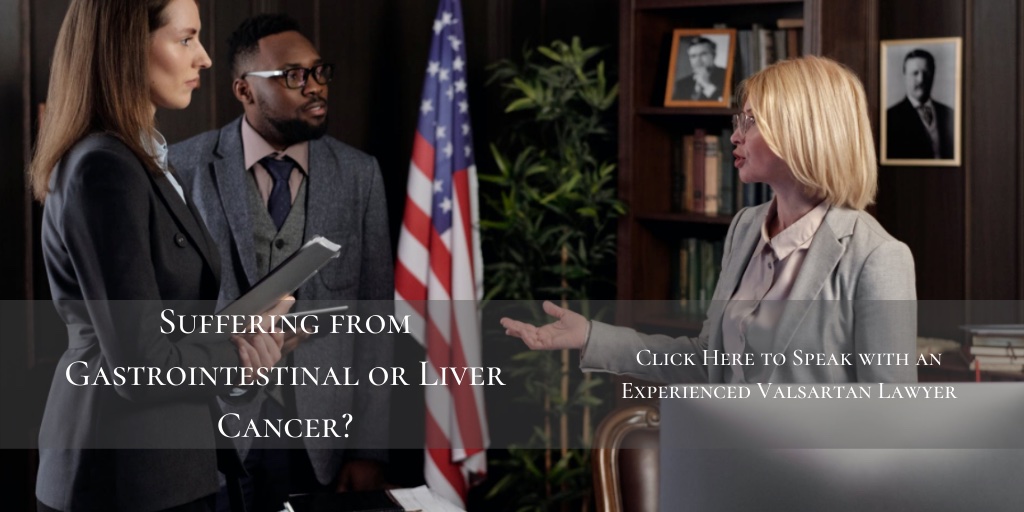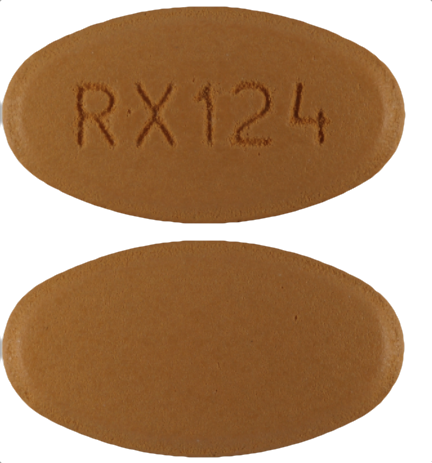Last Updated November 13, 2020
Valsartan is the generic name for anti-hypertension medication frequently marketed under the names Diovan and Prexxartan in the United States. It is part of a class of drugs known as Angiotensin II Receptor Blockers (ARBs) used to primarily treat high blood pressure, heart failure, and diabetic nephropathy (kidney disease). ARBs are widely accepted within the medical community as a valuable tool to help combat the range of complications associated with type-2 diabetes. However, since moving “off-patent” and into the market for generic availability, Valsartan found itself the focus of unwanted scrutiny and lawsuits after certain batches were contaminated with N-Nitrosodimethylamine (NDMA), an extremely potent carcinogen.
Many of the claims involving Valsartan have been consolidated into multidistrict litigation (MDL) now before a federal court in New Jersey (MDL-2875). In these lawsuits, claimants allege that the manufacturers of contaminated Valsartan knew or should have known about the NDMA issue going back to at least 2012, and that they failed to warn patients and physicians about the risk.
Valsartan and Cancer Risk
As a preliminary matter, it’s important to know that not every batch of Valsartan was contaminated with NDMA. Only certain batches of Valsartan and other ARBs were subject to testing and recall. A complete list of the recalled ARBs can be found here.
NDMA is an organic chemical that is listed by the International Agency for Research on Cancer (IARC) as a group 2A carcinogen – meaning it is likely to cause cancer in humans because research has shown it to cause cancer in animals. In animal studies, NDMA has been shown to be acutely toxic to rats and even short bursts of exposure can lead to multiple organ damage in other animals. NDMA can occur both in nature or as the result of industrial manufacturing processes.
Once Valsartan became available for manufacture by generic pharmaceutical firms, most of the fabrication of its “Active Pharmaceutical Ingredient” (API) was outsourced to factories in India and the People’s Republic of China. It is believed that two facilities in particular – in Zhejiang, China, and Telangana, India, produced the API for Valsartan and are also to blame for the batches contaminated with NDMA. These batches of medication later were processed through the supply-chains throughout the United States, Canada, and Europe.
Later testing by the European Medicines Agency (EMA) and the FDA discovered the presence of N-Nitrosodiethylamine (NDEA) in other batches of ARBs from the same factories in China and India. NDEA is another similarly potent carcinogen and it is believed the poor production environment in these factories created the opportunity for both NDMA and NDEA to form as a byproduct of manufacturing.
FDA Recall
The U.S. Food and Drug Administration (FDA) began a series of voluntary recalls in 2018 following testing of batches of generic Valsartan. Since then, the FDA has continued its investigation into contaminated Valsartan as well as other ARBs such as Losartan and Irbesartan. The FDA estimates that based on its own testing NDMA and NDEA may have been present in contaminated ARB batches for up to four years.
The FDA offered some perspective on the risk associated with contaminated ARBs. In its updated announcement, the agency estimated that if 8,000 patients took 320mg of valsartan (the highest dose) contaminated with NDMA, there may be one additional cancer case during the lifetimes of those patients. The estimate is based upon average impurity levels in a single tablet of valsartan.
NDMA and Types of Cancer
The risk for developing certain types of cancer in humans can be attributed to a number of factors: genetic predisposition; environment; smoking, drinking, and eating habits; and obesity. It is, therefore, difficult to pin the risk for a specific type of cancer on NDMA contamination in Valsartan. Furthermore, studies and research have yet to draw a conclusive link between NDMA in any ARB and cancer. However, researchers do at least theorize that long-term exposure to NDMA could be linked with the following cancers:
- Stomach
- Bladder
- Colorectal
- Liver
- Esophageal
- Small Intestinal
- Prostate
- Ovarian
- Pancreatic
- Lung
- Uterine
- Brain
- Breast
- Thyroid
- Testicular
- Leukemia
- Non-Hodgkin’s Lymphoma
- Multiple Myeloma
Sources Cited (15):
1) “Search List of Recalled Angiotensin II Receptor Blockers (ARBs) including Valsartan, Losartan and Irbesartan” https://www.fda.gov/drugs/drug-safety-and-availability/search-list-recalled-angiotensin-ii-receptor-blockers-arbs-including-valsartan-losartan-and
2) “Another cancer-causing chemical found in widely used blood-pressure pills” https://www.cbsnews.com/news/valsartan-another-cancer-causing-chemical-found-in-widely-used-blood-pressure-medication/
3) “Impurities in valsartan may have been present for 4 years, pose minimal risk” https://www.healio.com/news/cardiology/20190506/impurities-in-valsartan-may-have-been-present-for-4-years-pose-minimal-risk
4) “FDA Updates and Press Announcements on Angiotensin II Receptor Blocker (ARB) Recalls (Valsartan, Losartan, and Irbesartan)” https://www.fda.gov/drugs/drug-safety-and-availability/fda-updates-and-press-announcements-angiotensin-ii-receptor-blocker-arb-recalls-valsartan-losartan
5) “Valsartan recall: global regulatory overview and future challenges” https://www.ncbi.nlm.nih.gov/pmc/articles/PMC6351967/
6) “The Finding of N‐Nitrosodimethylamine in Common Medicines” https://www.ncbi.nlm.nih.gov/pmc/articles/PMC7288647/
7) “Valsartan Induced Melanoma?! First Description in Medical Literature!” https://www.ncbi.nlm.nih.gov/pmc/articles/PMC6311487/
8) “Lesson Learnt from Recall of Valsartan and Other Angiotensin II Receptor Blocker Drugs Containing NDMA and NDEA Impurities” https://pubmed.ncbi.nlm.nih.gov/30989447/
9) “NDMA impurity in valsartan and other pharmaceutical products: Analytical methods for the determination of N-nitrosamines” https://pubmed.ncbi.nlm.nih.gov/30458387/
10) “Technical Fact Sheet –N-Nitroso-dimethylamine” (NDMA) https://www.epa.gov/sites/production/files/2014-03/documents/ffrrofactsheet_contaminant_ndma_january2014_final.pdf
11) “Updates on NMDA Contaminations in Medications”
https://www.pharmacytimes.com/news/updates-on-nmda-contaminations-in-medications
12) “Use of N-nitrosodimethylamine (NDMA) contaminated valsartan products and risk of cancer: Danish nationwide cohort study” https://www.ncbi.nlm.nih.gov/pmc/articles/PMC6134800/
13) “A survey of feeding N-nitrosodimethylamine (NDMA) to domestic animals over an 18 year period” https://pubmed.ncbi.nlm.nih.gov/7228298/
14) “Dietary intakes of nitrate, nitrite and NDMA in the Finnish Mobile Clinic Health Examination Survey” https://pubmed.ncbi.nlm.nih.gov/8799716/
15) “Inflammatory bowel disease stimulates formation of carcinogenic N-nitroso compounds” https://www.ncbi.nlm.nih.gov/pmc/articles/PMC1774505/



